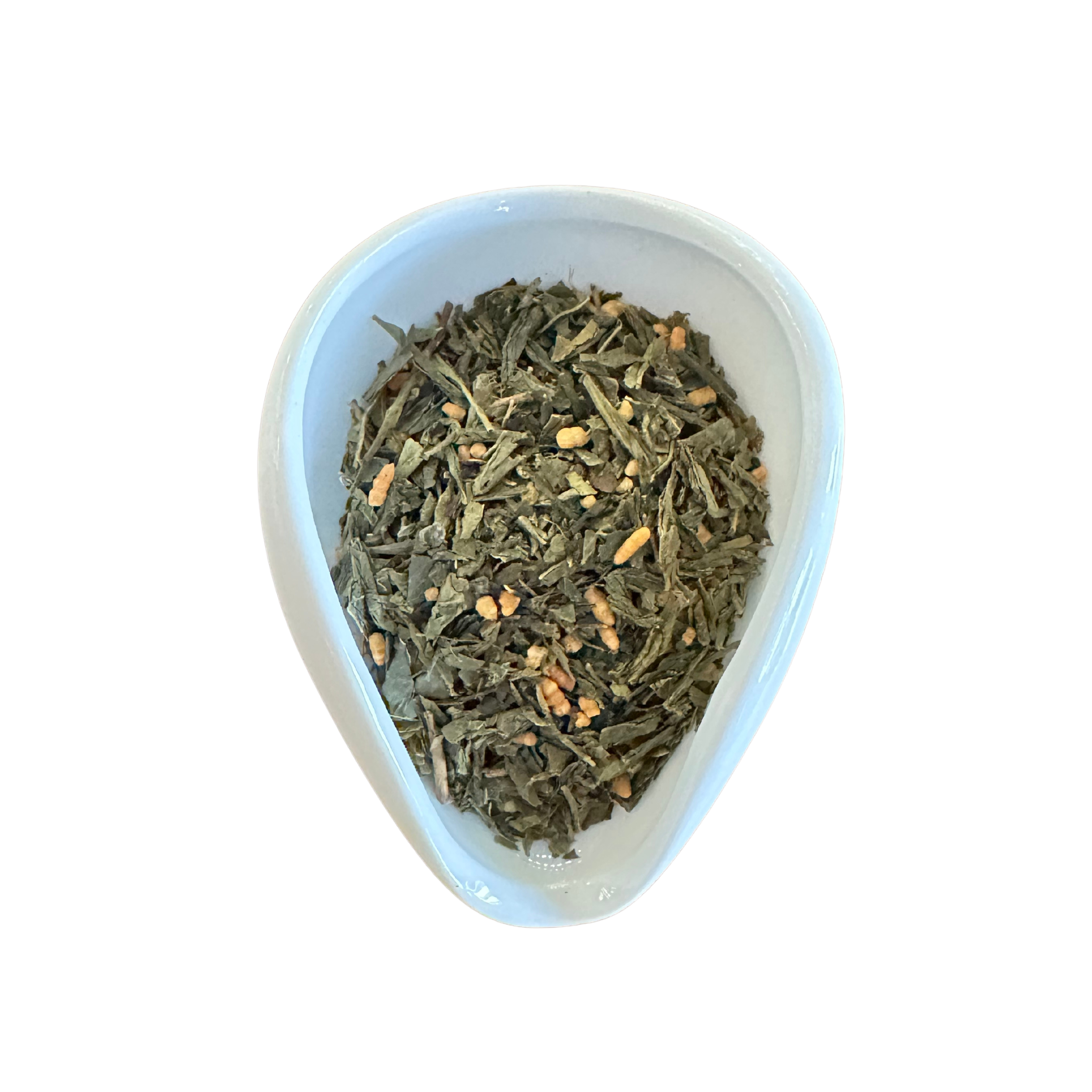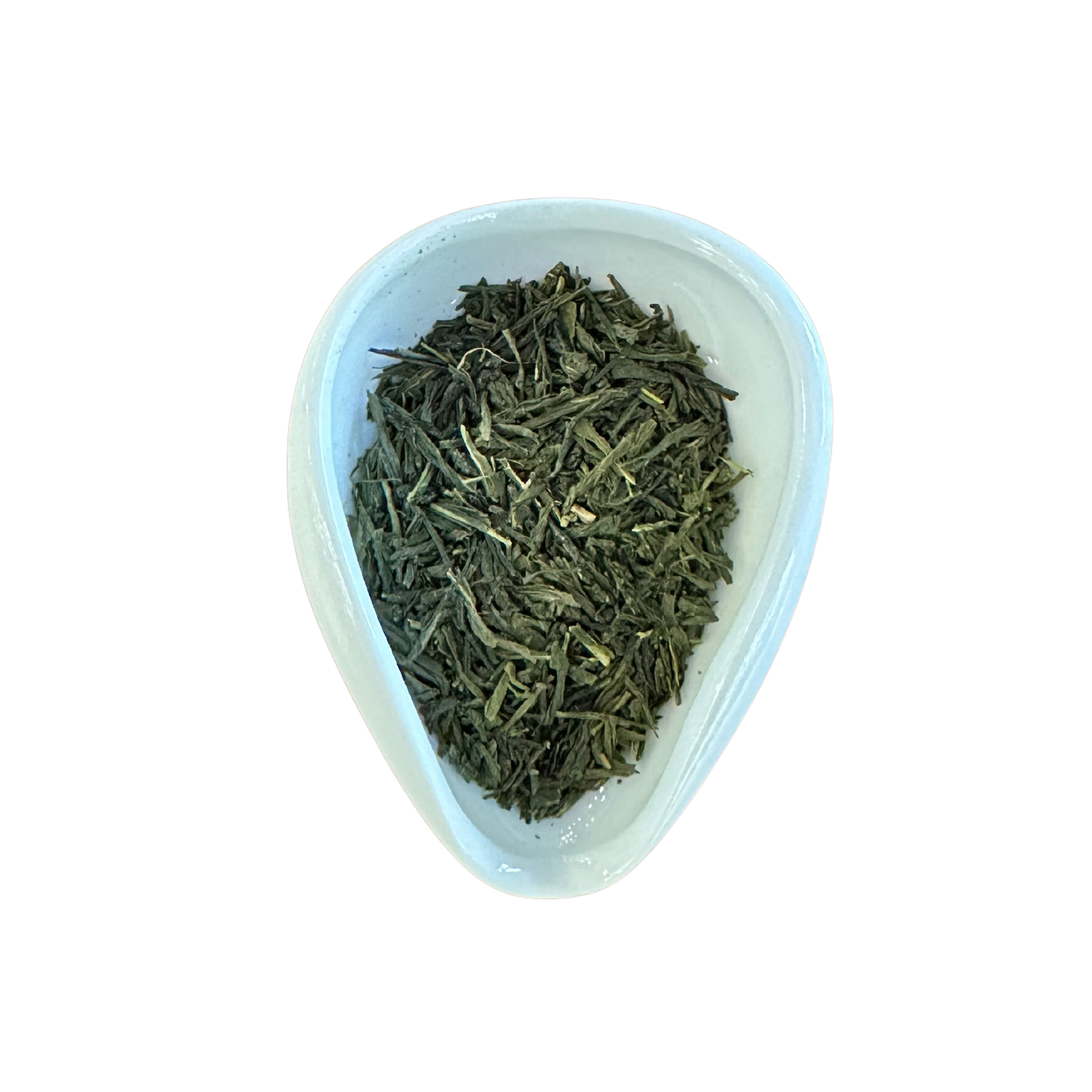-
The name literally means “jade green tea.” It comes from the tea’s bright green color and the curled shape of its leaves, which resemble small jade ornaments.
-
Unlike Sencha, whose leaves are straight and needle-like, Tamaryokucha is curled, giving it a rounder, mellower taste. It is often pan-fired or lightly roasted, resulting in a tea that is less astringent, with complex fruity and nutty notes.
-
Smooth and mellow, with light tangy acidity. Notes of citrus, berries, and roasted nuts may appear, balanced by umami and a refreshing finish.
Recommended Brewing Method (Japanese style)
Recommended Teaware for Tamaryokucha:
Use a Japanese kyusu (急須), ideally a yokode kyusu (side-handled teapot) with a fine mesh filter. Serve in yunomi (湯のみ) cups to enjoy the aroma and liquor color.
Water Temperature:
70–75 °C
Brewing Instructions:
Leaf-to-water ratio: 1 g per 50–60 ml
Example: 3 g for a 180 ml kyusuFirst infusion: ~1 minute at 70–75 °C, then pour out completely.
Second infusion: ~30 seconds.
Later infusions: Add 5–10 seconds each round.
Tamaryokucha can be brewed 2–3 times, each infusion revealing layers of fruity aroma, umami, and smooth sweetness.
Essential Info
Japanese Name: 玉緑茶 (Tamaryokucha)
Region: Japan
Harvest Time: 2024
Description:
Tamaryokucha, or “jade green tea”, is a Japanese green tea with curled, comma-shaped leaves, distinct from the needle-like Sencha. Produced mainly in Kyushu, it brews into a golden-green liquor with a refreshing fragrance. Smooth and mellow, with a hint of tangy acidity and notes of citrus, berries, or roasted nuts, Tamaryokucha offers a complex yet gentle character.
Tasting Profile:
Smooth and mellow; light tangy acidity; citrus and nutty notes with umami finish.





